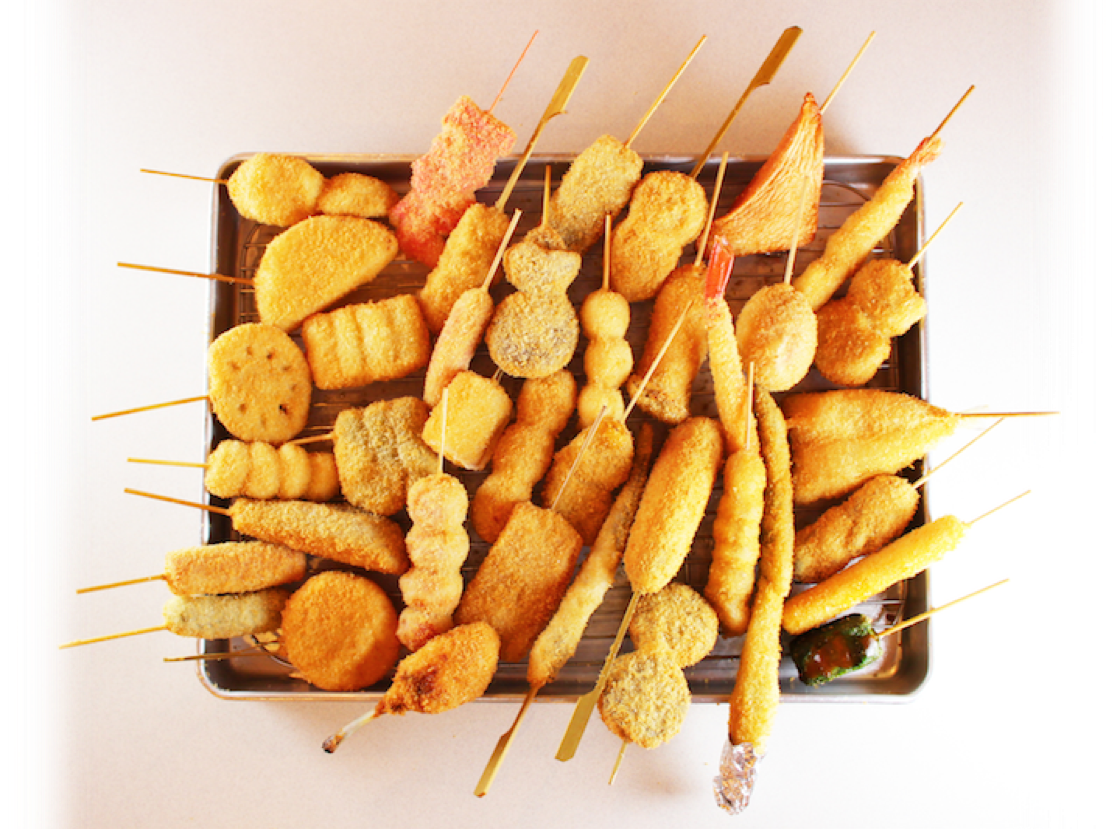At first glance, kushikatsu might easily be mistaken for a variation of tempura. But the two differ in how the batter is made. The batter in tempura, for instance, is made with water, flour and eggs; with kushikatsu, a stronger flour is used, and breadcrumbs are added to the mix. At new restaurant Ginza Rokukakutei, a light white wine is also added to the batter to alter the aroma of the crisp exterior when cooked.

Watch our video to find out more:













